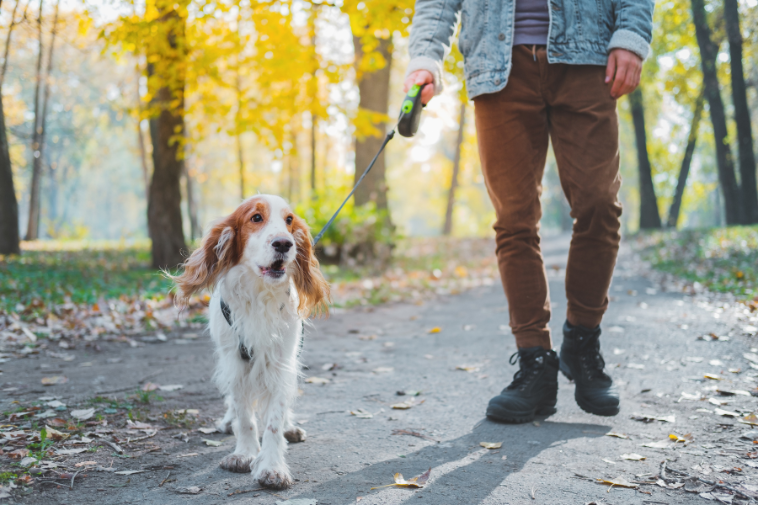Training a dog is not just about teaching them basic commands; it’s about fostering a deep bond between you and your furry friend. With an array of techniques available, finding the most effective approach can be overwhelming. This 600-word article explores the best dog training techniques, emphasizing positive reinforcement and consistency to ensure your canine companion is well-behaved, happy, and safe.
Understanding Dog Psychology
Before diving into training techniques, it’s essential to understand canine psychology. Dogs are pack animals by nature and look to their human companions for guidance and leadership. They thrive on clear communication, structure, and predictability. Understanding this mindset is key to effective training.
Positive Reinforcement: The Gold Standard
Positive reinforcement is widely recognized as the most effective dog training method. This approach involves rewarding desired behaviors, which encourages the dog to repeat them. Rewards can be treats, praise, petting, or playtime.
Timing is Crucial: Rewards should be given immediately after the desired behavior to help the dog make the connection.
Consistency is Key: Consistency in commands and rewards is essential for effective training.
Gradual Reduction of Treats: As the dog learns, gradually reduce treats and replace them with verbal praise and petting.
Clicker Training: Precision and Clarity
Clicker training is a form of positive reinforcement as part of many dog training classes where a small, handheld clicker is used to mark the exact moment a dog performs the desired behavior. The click sound is followed by a reward, usually a treat. This method provides clear communication and can speed up the learning process.
Obedience Training: The Foundation
Obedience training is fundamental. Basic commands like ‘sit,’ ‘stay,’ ‘come,’ ‘heel,’ and ‘down’ are essential for your dog’s safety and your peace of mind.
Short and Fun: Keep training sessions short (10-15 minutes) and fun. Dogs, like humans, have limited attention spans and learn better when they’re enjoying themselves.
Repetition and Patience: Repeat commands regularly and be patient. Learning takes time, and every dog progresses at their own pace.
Socialization: Beyond Basic Commands
Socialization is a critical part of dog training, particularly in the early stages of a dog’s life. It involves exposing your dog to different people, animals, environments, and experiences. This helps prevent fear and aggression and builds a well-rounded, confident dog.
Crate Training: A Safe Haven
Crate training is teaching your dog to see the crate as a safe, comfortable space. It’s useful for housebreaking, when traveling, or as a retreat for the dog. The key is to make the crate a positive experience, never using it for punishment.
Leash Training: Essential for Safe Walks
Leash training is crucial for the safety of both the dog and the owner. It involves teaching your dog to walk calmly beside you without pulling. Start in a quiet environment with few distractions and use treats and praise to reward calm behavior.
Consistent Routines: A Sense of Security
Dogs thrive on routine. Consistent feeding, walking, and playtime schedules can significantly aid in training and overall behavior. A routine gives dogs a sense of security and helps manage expectations.
Dealing with Behavioral Issues
Addressing behavioral issues like barking, chewing, or aggression requires understanding the cause of the behavior. Consulting a professional dog trainer or behaviorist is often the best approach to modify these behaviors.
Advanced Training: Mental Stimulation and Bonding
Once your dog has mastered basic commands, consider advanced training or dog sports. Activities like agility, obedience trials, or scent work provide mental stimulation and strengthen the bond between you and your dog.
The Role of Patience and Love
Above all, training should be rooted in patience, love, and mutual respect. Building a strong bond with your dog is the foundation of any successful training regimen.
Conclusion
Training your dog using these techniques can lead to a harmonious and joyful relationship. Remember, every dog is unique, and what works for one may not work for another. The key is to be patient, consistent, and adaptive. With time and effort, your dog will not only be well-behaved but also a happy and integral member of your family.





